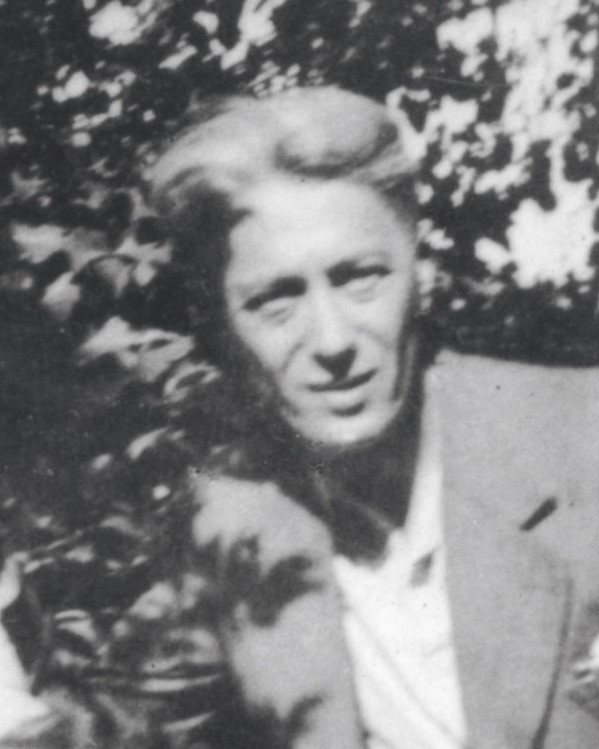Lazare VOLOVICK
Январь 4, 2019Ossip WEINBERG
Январь 4, 2019Абрам ВеЙНБАУМ
КАМЕНЕЦ-ПОДОЛЬСКИЙ 1890 – ДЕПОРТИРОВАН В СОБИБОР В 1943 Г.
КАМЕНЕЦ-ПОДОЛЬСКИЙ 1890 – ДЕПОРТИРОВАН В СОБИБОР В 1943 Г. Отец Вейнбаума, производитель тканей, обосновался со своей семьёй в Лодзи. Абрам Вейнбаум не очень любил свой родной город. Он уехал изучать живопись в Одессу. В поисках более «романтичного» города приехал в Краков, где сошел- ся с еврейской революционной молодёжью и позна- комился с художником Йозефом Леским. Вейнбаум изучал живопись в Школе изобразительных искусств Кракова вместе с Юзефом Панкевичем, который зародил в нём желание увидеть Париж и его мастеров. В 1910 году Вейнбаум приехал в Париж и выставил свои работы на официальных салонах. Он также с успе- хом выставлял свои полотна в Бельгии. Бельгийское пра- вительство купило одну из его картин. Вейнбаум нередко ездил в Лодзь. В 1940 году он отправился в Марсель с женой и доче- рью. 22 января 1943 года они были арестованы, интерни- рованы в лагере Компьен, затем переведены в Дранси. 23 марта 1943 года вся его семья была депортирована эшелоном №52 и убита в лагере Собибор.
Stories of Jewish Artists of the School of Paris 1905-1939
FRENCH-ENGLISH
Capitale des arts, le Paris des années 1905-1939 attire les artistes du monde entier. De cette période de foisonnement, un terme est resté, celui d'Ecole de Paris, qui recouvre une grande diversité d'expression artistique. Dans ce brassage dont Montparnasse est le creuset, un groupe se distingue : celui des artistes juifs venus de Russie, de Pologne et d'Europe centrale. Si leurs styles sont variés, un destin commun les rassemble : ils fuient l'antisémitisme de leur pays d'origine. Certains ont connu la célébrité dès les années 1920, tels Soutine, Lipchitz ou Chagall. D'autres n'ont pas eu le temps ou la chance d'y accéder. Près de la moitié a péri dans les camps de concentration nazis.
From 1905 to 1939, Paris attracted artists from all over the globe as the capital of the art world. This period of artistic proliferation became known as the School of Paris, and includes a great diversity of artistic expression. Within the teeming art world centred on Montparnasse, one group set itself apart: Jewish artists from Russia, Poland, and Central Europe. Although their styles were diverse, they shared the common fate of fleeing anti-Semitic persecutions in their home countries. Some became famous in the 1920s, such as Soutine, Lipchitz, and Chagall, while others did not have the time or the luck to gain renown. Nearly half of these artists died in Nazi concentration camps.







